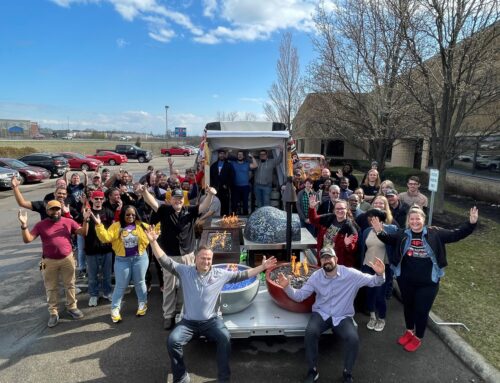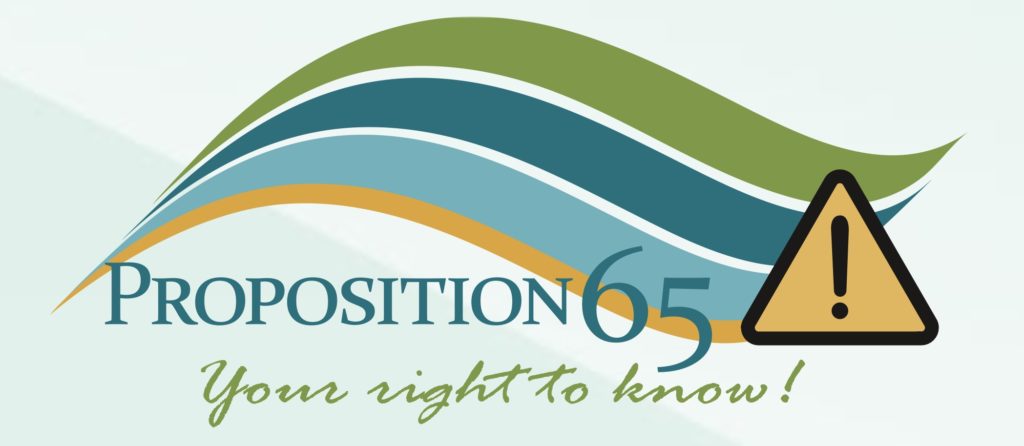The Top 4 Things to Know About Gas Fire Pit Installation
Gas Fire Pit Installation
Backyard fire features add beauty and warmth to any landscape project, but there are design factors to consider before incorporating one into your yard. The gas type, shape, size ignition type, and location (clearance) of features are the main checklist to think through before purchasing your fire pit.
Construction
While adding a fire pit to your home is not the same degree of construction for that dream add-on for your house, there are still logistical factors that need to be considered. Like any construction project there will be permits and inspections, so make sure you follow the clearances specified in the instructions or you will not pass the inspection.
Gas Type and BTU’s
Not all gas is the same. The type you use affects the construction and parts in your fire pit. For instance, all Liquid Propane (LP) fire pits require vents to ensure that LP gas does not build up in the fire pit area. Make sure you verify which gas type is available on the property that the pit will be installed on (Natural Gas (NG) or LP). This will influence how you run your lines. Although natural gas is very common, all HPC certified fire features are available in propane applications as well. All gas lines, natural or propane, must be sized properly to ensure proper volume and pressure is delivered to the unit, resulting in the desired flame pattern and flame height. All of HPC’s fire features are NOT certified and NOT RECOMMENDED to be supplied by a 20LB LP tank (BBQ tank).
We recommend having a certified plumber run either your Natural Gas or Propane line to the site of the pit. Only a certified plumber can accurately size your lines to ensure that the correct BTU’s are being delivered. Without being on-site and seeing the project first-hand, our technicians cannot answer these questions accurately due to the variety of factors that influence a precise sizing.
As you run a gas line over a long distance, the amount of BTU’s can dramatically fall, causing the fire pit to not receive the correct amount of gas, distorting the flame and potentially making the fire pit inoperable. This becomes VERY important if you have multiple gas features, grills, torches, swimming pools, etc. running off of the same gas line. For safety and convenience, you will also want to locate a gas shutoff valve near the fire pit.
Electric (if applicable)
When selecting a fire pit that requires electrical, knowing the circuit is important to select the proper voltage. Having a trained electrician set this up is strongly recommended, as the fire pits need to be run on their own circuit. If not correctly hooked up the components could short out making repairs necessary to have your fire pit work again. The fire pits also require an electrical shut off switch on the exterior of the pit or adjacent wall for emergency shutdown and maintenance. Verification of 110VAC 1 amp or 24VAC 4 amp service is required for the correct gas fire pit installation.
Ventilation
Ventilation and drainage in your fire pit is key to ensuring proper working conditions and safety. Vents can act as secondary drainage, they are also the main factor in keeping the electronics cool and undamaged. The fire pit cannot be installed below the grade of the ground. If this is done it will void all certifications and warranty of the product because the enclosure will not be able to properly drain when installed. This can also make the enclosure impossible to properly vent.
Clearance
Clearance is essential for ensuring the successful operation of your fire pit, and it directly correlates to heat production and combustible materials in the vicinity. If you are choosing a fire pit that requires electricity, keeping the electrical components from being damaged by heat will ensure your fire pit will be in working order anytime you want to turn it on. Combustible materials often go when designing the fire pit, but inspectors have guidelines that they have to adhere to. If there are any combustible materials near the fire pit, they will fail you on the construction. Be sure to consider of these factors before designing and purchasing your fire pit.
In Closing
Design is an incredibly important (and fun!) aspect of installing and enjoying your new fire pit, and as long as you consider drainage, ventilation, clearance, and combustibles, you will have a successful install in no time.
Remember to read the instructions to the fire pit you are installing to ensure none of these issues arise during construction. If there are any more questions or concerns please look into our support page.






